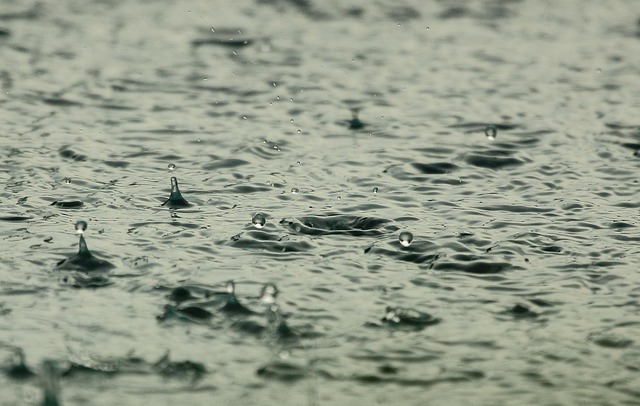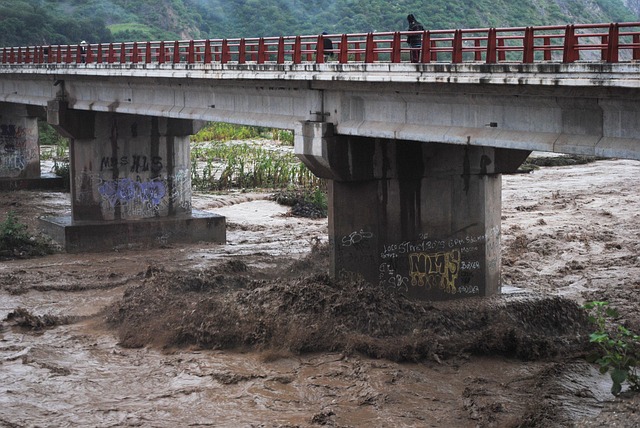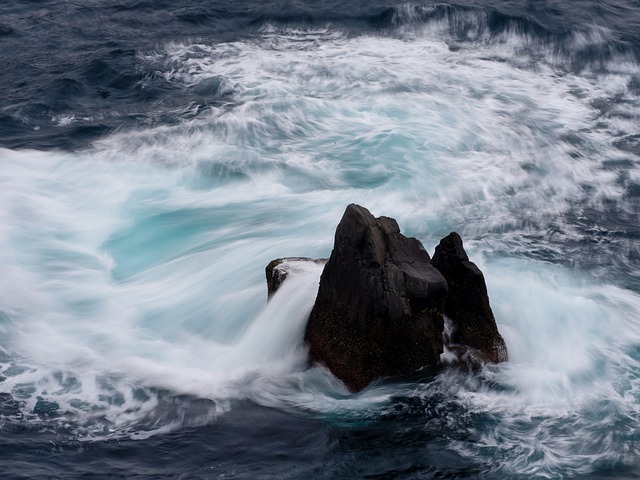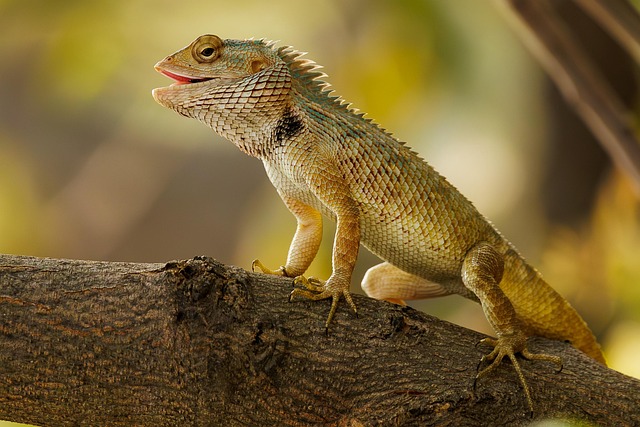
Unraveling the Impact of Precipitation on Reptiles in Their Natural Habitat
Unraveling the Impact of Precipitation on Reptiles in Their Natural Habitat
When we think of precipitation, images of raindrops falling from the sky often take center stage. Yet, for reptiles in their natural habitats, the significance of precipitation extends far beyond a simple weather pattern; it can determine their very existence. These cold-blooded creatures have adapted to the rhythms of the Earth, making them remarkably sensitive to the nuances of both rain and drought.
Reptiles, including turtles, lizards, and snakes, rely heavily on environmental cues to regulate their bodies and behavior, and precipitation plays a crucial role in this balance. The seasonal rains breathe life into ecosystems, ensuring that ponds swell and lush vegetation thrives. For these animals, the arrival of rain is an invitation to emerge from their shelters, forage for food, and engage in crucial reproductive activities.
The Dance of Habitat and Precipitation
As the landscape transforms under the nourishing embrace of precipitation, so too do the opportunities for reptiles. Animals like the Gopher Tortoise depend on moist habitats to dig their burrows, providing shelter not just for themselves but for a plethora of other species that benefit from their presence. These burrows serve as microhabitats, reflecting the interconnectedness of nature where every drop of rain creates ripples of survival.
Moreover, the availability of water sources dynamically influences reptilian behavior. Species like the Green Iguana thrive in lush, rain-soaked areas, while a drought can lead to significant declines in their numbers. Food availability and mating behaviors are also directly influenced by precipitation; reproductive cycles synchronized with rain events ensure that hatchlings emerge when resources are abundant.
The Flip Side: The Dangers of Excess
However, while precipitation can be a boon, it can also prove disastrous. Severe weather events, such as heavy storms and flooding, pose significant threats to reptiles. Many species are not well-equipped to handle excessive water, which can wash away nests or overwhelm habitats. Flooding can disrupt the delicate balance reptiles maintain, leading to population declines and even local extinctions.
In arid regions, intermittent rains can create an illusion of abundance. Reptiles may experience a feast of vegetation and insects following a downpour, but this bounty is often short-lived. The unexpected fluctuations in precipitation patterns can wreak havoc on their life cycles, as they struggle to adjust to changes in the environment. Understanding this delicate dance between precipitation and reptilian life helps us appreciate the resilience and adaptability of these remarkable creatures.
Climate Change and the Future of Reptiles
With the ongoing impact of climate change, the patterns of precipitation are becoming increasingly erratic. Reptile species that have adapted over time to specific climatic conditions face unprecedented challenges. Some may find refuge in newly formed habitats, while others may be unable to adapt quickly enough to survive. The uncertain future of many reptile species depends not only on how precipitation shapes their immediate habitats but also on the collective efforts of conservationists and enthusiasts who strive to protect these vital ecosystems.
As we witness nature’s intricate tapestry woven by precipitation and its myriad effects, we are reminded that every droplet holds the power to shape lives, habitats, and the very fabric of our environments. Just as we are moved by the beauty of nature, so too should we feel a sense of responsibility to understand and protect the delicate ecosystems that our reptilian friends call home. Through education and awareness, we can ensure that the story of precipitation continues to be a source of life for generations of reptiles to come.



